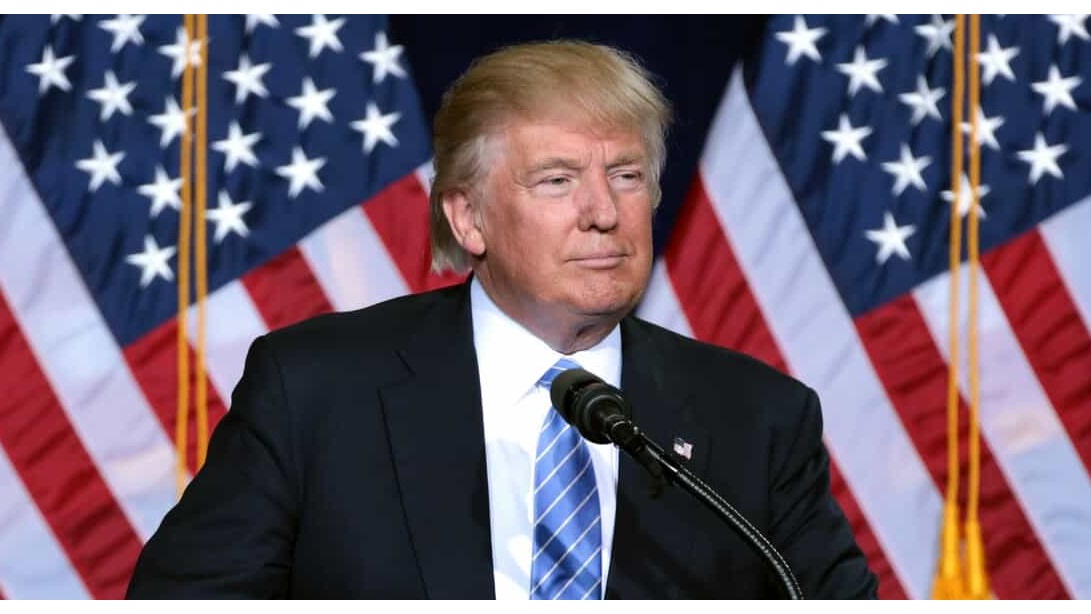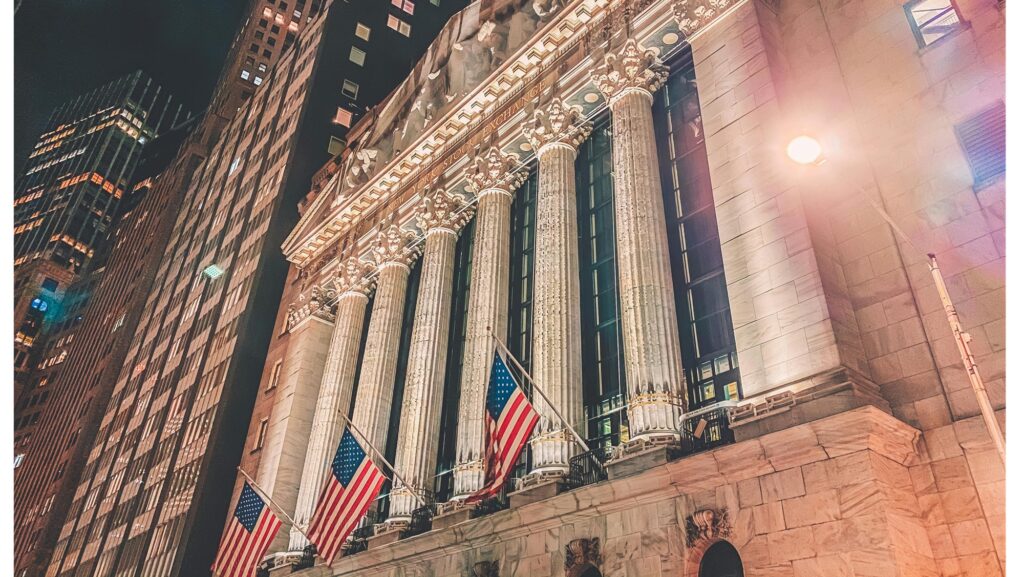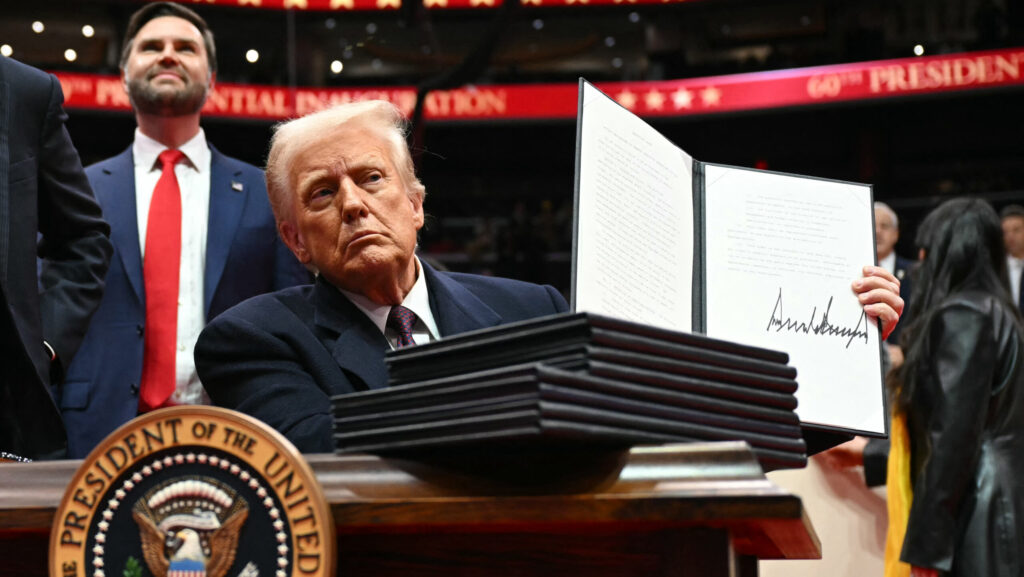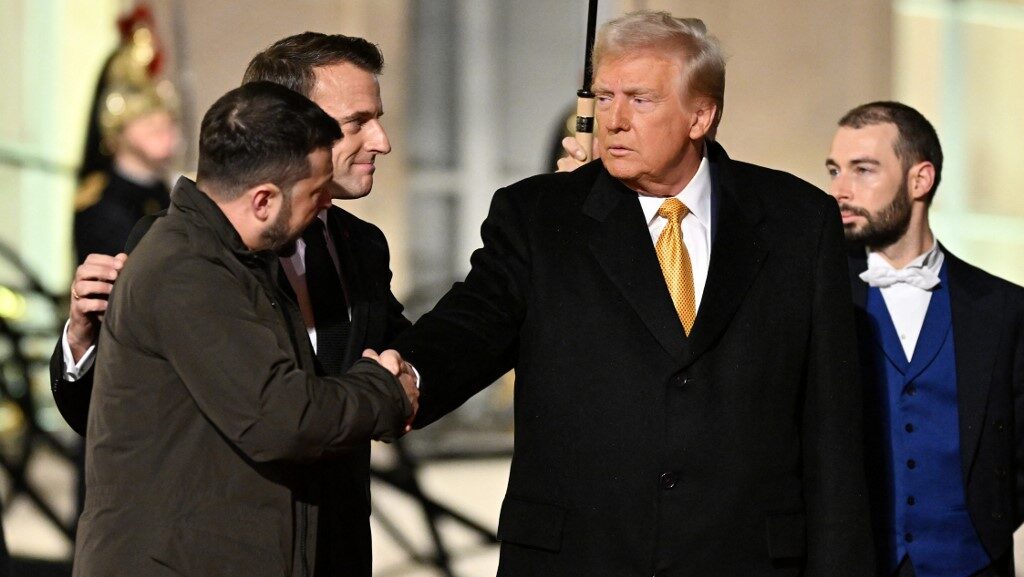The 60th quadrennial presidential election in the United States is on this very day. As the campaign season is winding down and day-of voting starts, let’s take a look at the election of 2016, the result of which shocked the mainstream media in the US and around the world: against all odds, Donald Trump—who is in the running in the current election as well—beat Hillary Clinton to the presidency.
President Obama came into the White House with a lot of goodwill and hope from the American people in 2009. However, his presidency ended up not being the lovefest the Democrats expected. The way the Obama administration handled government bailouts of massive financial institutions in the wake of the 2008 financial crisis angered a lot of people. They felt that the bank executives most responsible for the nation’s hardship were not punished at all—in fact, some of them still took year-end bonuses funded by taxpayer bailout money. This spawned the Occupy Wall Street movement on the left and the Tea Party movement on the right.
It ultimately resulted in a massive defeat for the Democrats in the 2010 midterms, when they lost 63 seats in the House and six seats in the Senate. However, after 2010, the economy started gradually recovering and the outrage over the Wall Street bailouts dampened as well.
What’s more, in May 2011 President Obama scored a major victory for all Americans: Osama bin Laden, the leader of the Al-Qaeda terror group responsible for the 9/11 attack, was captured and killed by American forces.
Still, as the 2012 election was nearing, there were questions lingering over President Obama’s chances for re-election. Pundits were bracing for a very tight race between him and Massachusetts Governor Mitt Romney on the Republican side. However, President Obama ended up outperforming expectations and won re-election handily, with 332 electoral votes and by 3.9 points in the popular vote. Down-ballot Democrats did not do so well, however, so the GOP retained its majority in the House.
President Obama’s second term was marred by foreign policy complications in places like Iraq, where the ISIS terror group rose to prominence, and Libya, where long-reigning dictator Muammar Gaddafi was deposed and executed by local rebel groups aided and armed by American intelligence agencies.
On the domestic front, a new ‘culture war’ started brewing among the American public. Neo-Marxist ideas about the supposed institutional oppression of women and minorities entered mainstream media and academia. All of a sudden, professors and journalists were adamantly trying to sell the idea that the United States headed by a black President was actually a ‘white supremacist patriarchy’. Evidently, there was serious backlash from ordinary people to these absurdities, to which the answer from the media, academia, and a mob of ‘woke’ (this was the time when this term entered the public vocabulary) activists was to do everything to silence the dissenting voices. Calls for people to be fired for an opinion or joke were very common at the time, and, alas, they were often heeded by corporations and other institutions as well. Jokes and comedians were especially in the crosshairs of the woke ‘Inquisition’.
However, the economy was doing well with dropping unemployment figures after the horrors of the 2008 crisis; and President Obama remained a charismatic figure with the historical distinction of being the first African American POTUS. His approval rating was slightly above 50 per cent as the election year of 2016 came around.
The nomination on the Democrat side was not really in question—or, at least, it was not supposed to be. Former First Lady and Secretary of State Hillary Clinton narrowly lost to Obama in the 2008 primaries, and she was not willing to go through something like that again. No major national figures besides her entered the primary race in 2016. Then, however, an independent and self-described socialist Senator from Vermont, Bernie Sanders, gained traction as the state primaries went forward. He was especially popular among the young voters of the Democratic Party. Clinton, however, with the not-so-covert help from the DNC, ended up defeating him and got herself the nomination at last.
Meanwhile, when billionaire real estate developer and reality show star Donald Trump announced his run for the Republican nomination for President, the media treated him as a fun, novelty candidate. He was not expected to actually win the primary race. What set him apart from other GOP candidates the most is that he came out forcefully against illegal immigration, which initially others shied away from to avoid offending Latino voters. Donald Trump, however, made the call for building a wall on the US–Mexico border the signature issue of his campaign. His plain style of speaking also appealed to a lot of people who had enough of the ridiculously high sensitivities of the new woke PC culture.
Despite all that, the mainstream media and pollsters gave virtually no chance for Donald Trump to win the election. When a ‘hot mic’ clip of him talking crudely about women to radio and TV host Billy Bush was released in October, just a few weeks before the election, his own party turned against him. Reportedly, then-RNC Chairman Reince Priebus even tried to pressure him to drop out of the race in private.
However, Donald Trump stayed in. Shortly after the Clinton camp had to deal with a crisis of their own, as FBI Director James Comey announced that he was reopening the investigation into Clinton’s handling of classified documents while serving as Secretary of State. The investigation ‘miraculously’ concluded in a few days, just before the election, and Clinton faced no criminal indictment. So, coming into election night, the mainstream media was giddy again, ready for a big Democrat victory.
FUNNIEST TRUMP CAN'T WIN COMPILATION
Uploaded by Mark Conklin on 2017-04-11.
Boy, were they in for a shock.
Donald Trump ended up winning, and by a decent margin in the Electoral College as well, 306 electoral votes. He narrowly eked out victories in large states where he was thought to have no chance of winning. He won Pennsylvania with 20 electoral votes by 0.72 points, Michigan with 16 electoral votes by 0.23 points, and, the most surprising of them all, won Wisconsin with 10 electoral votes by 0.77 points despite polling 6.5 points behind Clinton going into election night in the state. The GOP also kept their majorities in both houses of Congress.
Since he racked up a slew of narrow victories in populous states, Donald Trump won the election despite losing the popular vote to Secretary Clinton by 2.1 points. This was the fifth time in American history when a candidate won the election but lost the popular vote; after 1824, 1876, 1888, and 2000.
Related articles:







